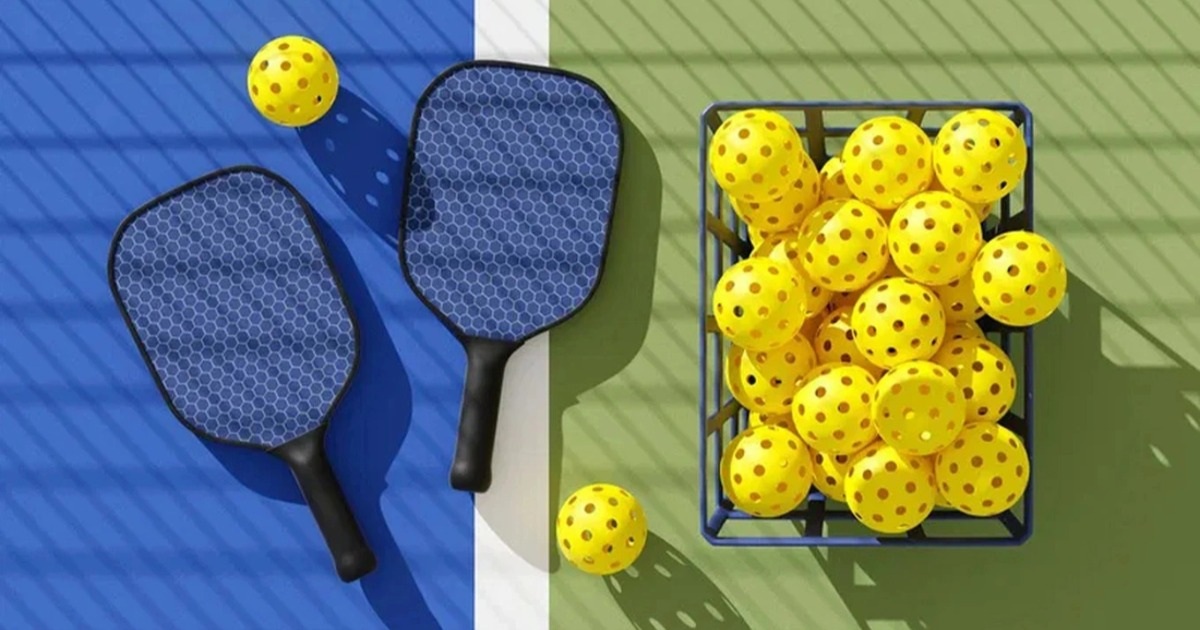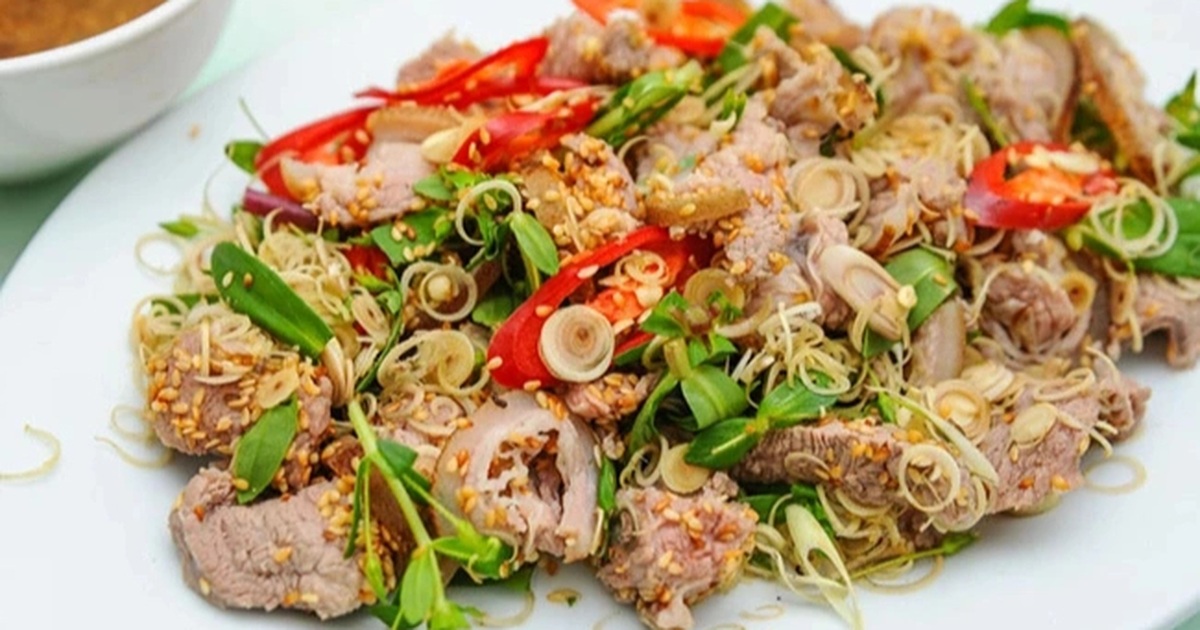Traditional Dao ethnic medicine in Ba Vì district isn’t just a healing practice; it’s a testament to the creativity and sustainable development of the local community. While many rely on imported ingredients, Dao people actively cultivate and harvest medicinal plants from the surrounding forests and mountains, ensuring a stable supply.
History and Origin of Dao Ethnic Medicine
According to elders’ accounts, the Dao people migrated to the western slopes of the Ba Vì mountain range around seven or eight hundred years ago. This region’s rich ecosystem boasts hundreds of valuable medicinal plants. Centuries of research and transmission have resulted in a wealth of traditional remedies for various ailments.
Mr. Dương Trung Thân, with over 20 years of experience in traditional medicine, shares that these remedies are effective not only for common illnesses but also for conditions that modern medicine struggles to treat.
Traditional Medicine Processing Procedures
Dao traditional medicine follows strict, handcrafted processes. Herbalists collect plants, then chop and dry them. The ingredients are meticulously combined into remedies for daily consumption, infusions, or baths. Some are prepared as concentrated extracts for internal or external application.
A unique aspect is that Dao practitioners don’t take pulses or write prescriptions like many Eastern medicine practitioners. Patients first receive Western medical diagnoses before seeking Dao herbal remedies.
Successful Development of Traditional Medicine
Traditional medicine not only provides healthcare but also contributes to the local economy. Many Ba Vì families are switching from corn and cassava cultivation to growing medicinal plants. With around 7-8 hectares dedicated to these herbs, the community cultivates and controls the quality of their ingredients like black ginseng, blood vine, pine tree, and blood wort, preserving valuable genetic resources.
This self-sufficiency fosters quality control, ensures food safety, and builds the reputation of Ba Vì’s traditional medicine, reducing reliance on imported supplies.
Preserving and Promoting Heritage
Many young people in Ba Vì choose to stay home and help their elders in the herbal medicine practice. This signifies the continued transmission of traditional knowledge and fosters a connection to ancestral traditions. Young people like Mr. Triệu Tiến Duy (born 1992) are diligently learning the family’s traditional herbal medicine, ensuring its continued growth.
Ms. Lăng Thị Tuất, Chairwoman of the Ba Vì Women’s Union and a Dao herbalist, highly values the community’s dedication to this tradition. Amid the verdant expanse of Ba Vì National Park, the Dao villages present a picture of prosperity, marked by well-maintained, modern homes and the sweet, medicinal aroma of the herbs.
Conclusion
Dao traditional medicine in Ba Vì is not only a valuable cultural heritage but also a sustainable resource that enhances the local people’s lives. To protect and promote this valuable tradition, local authorities and relevant organizations should support the training of future generations, expand market access, and improve product quality. Let us work together to preserve and develop this ancient medical wisdom of our nation.



